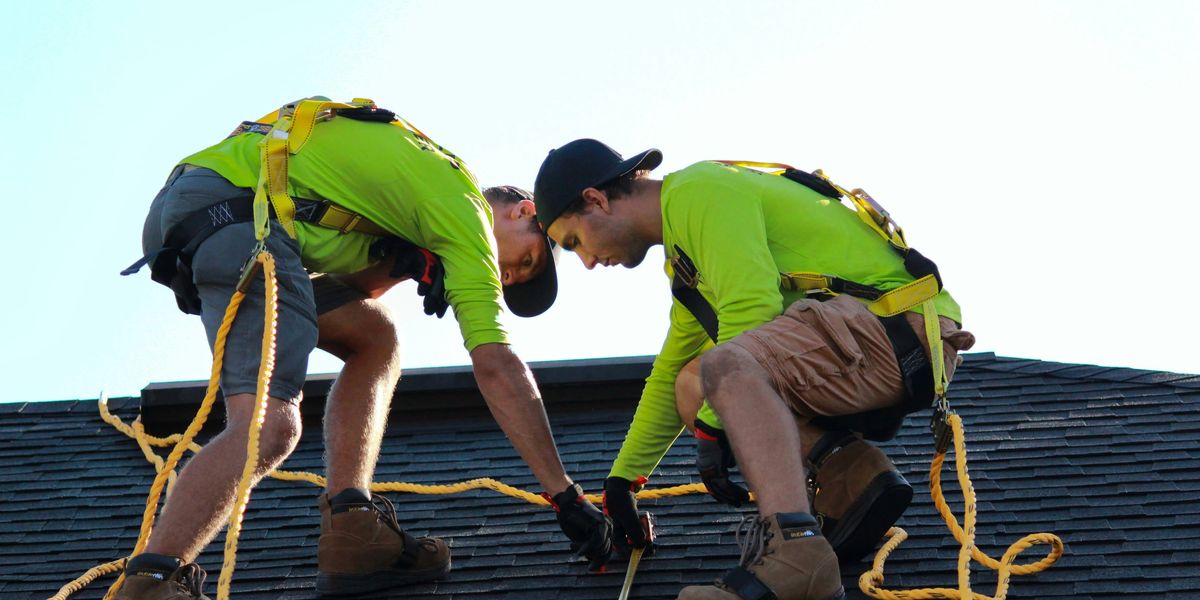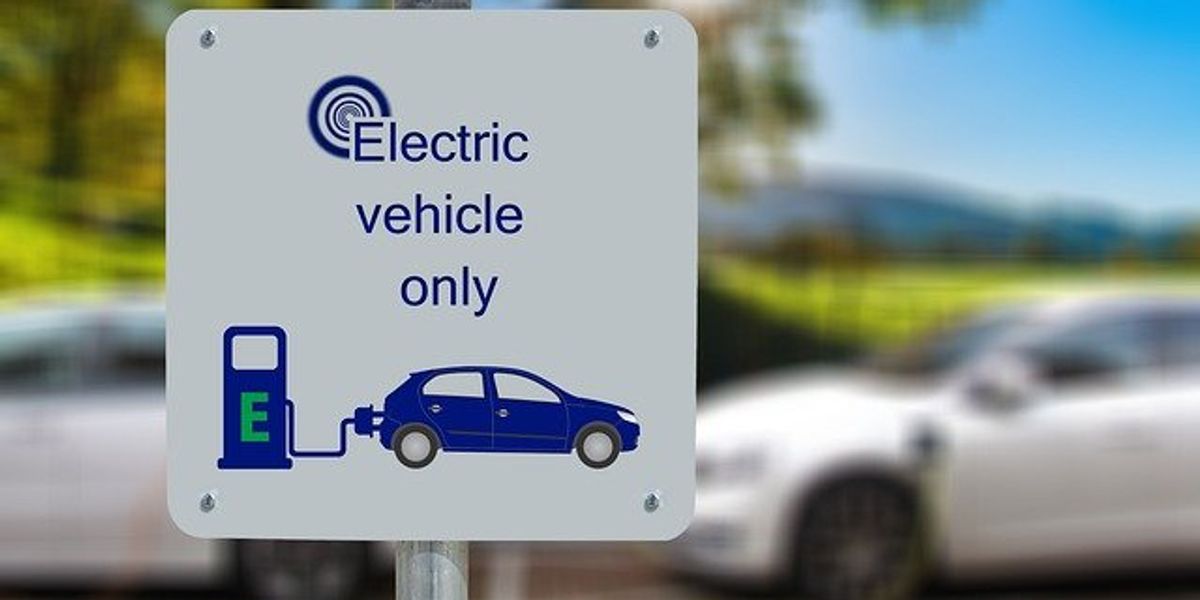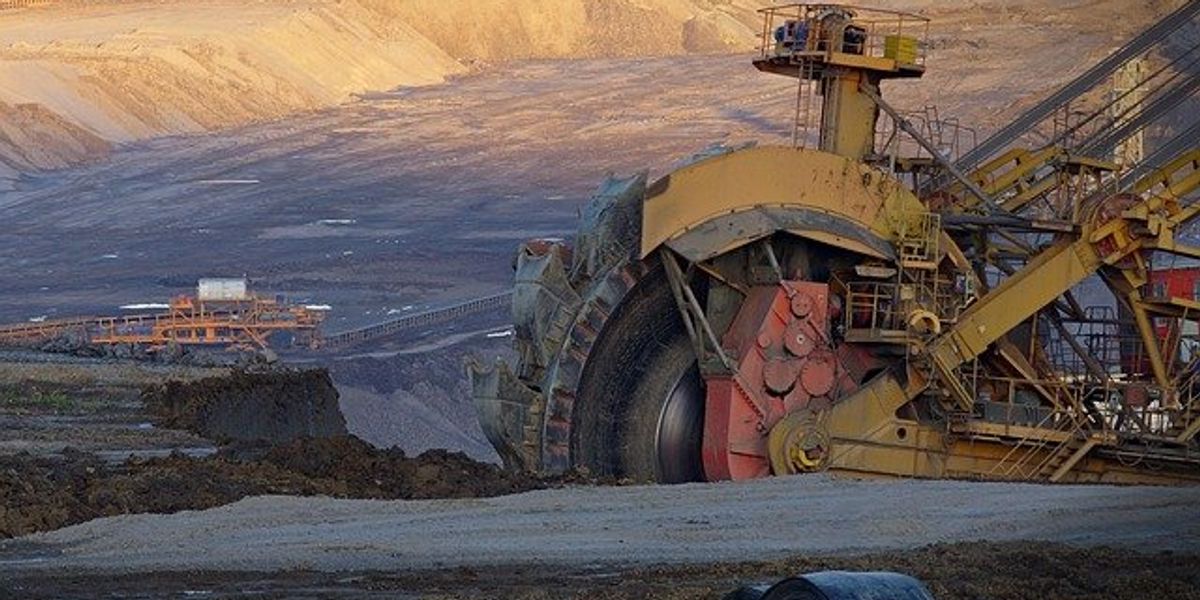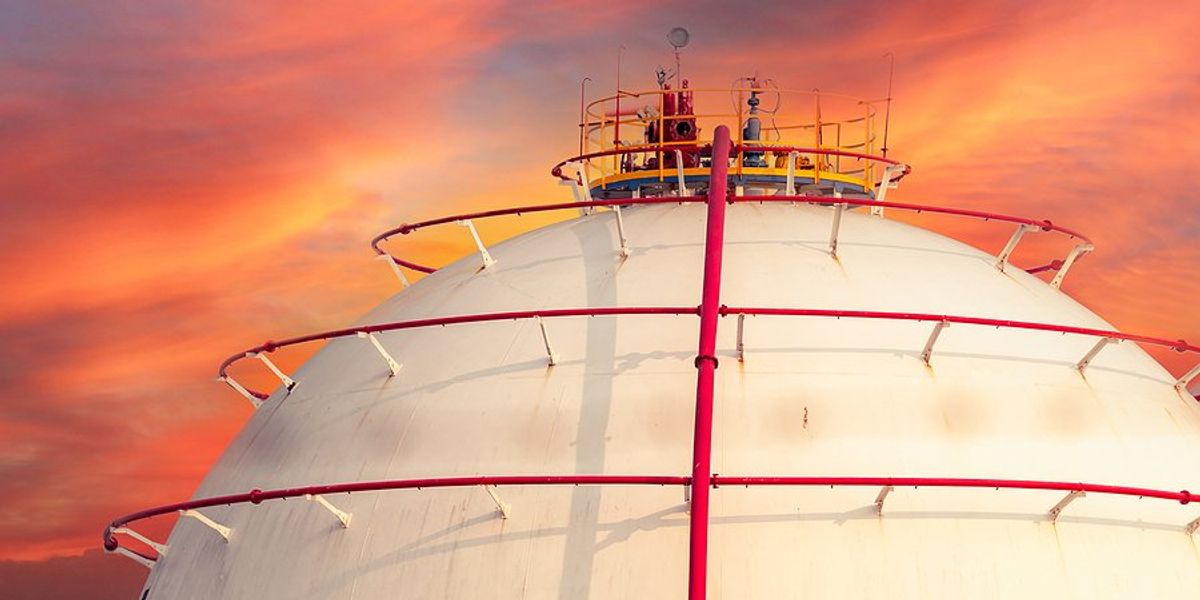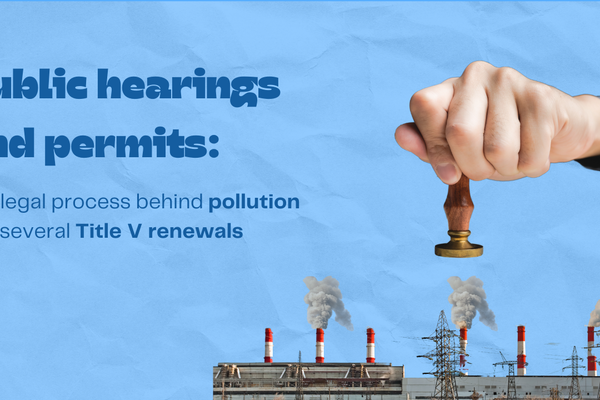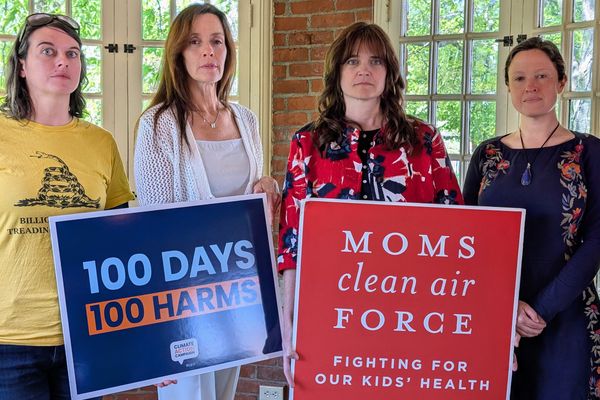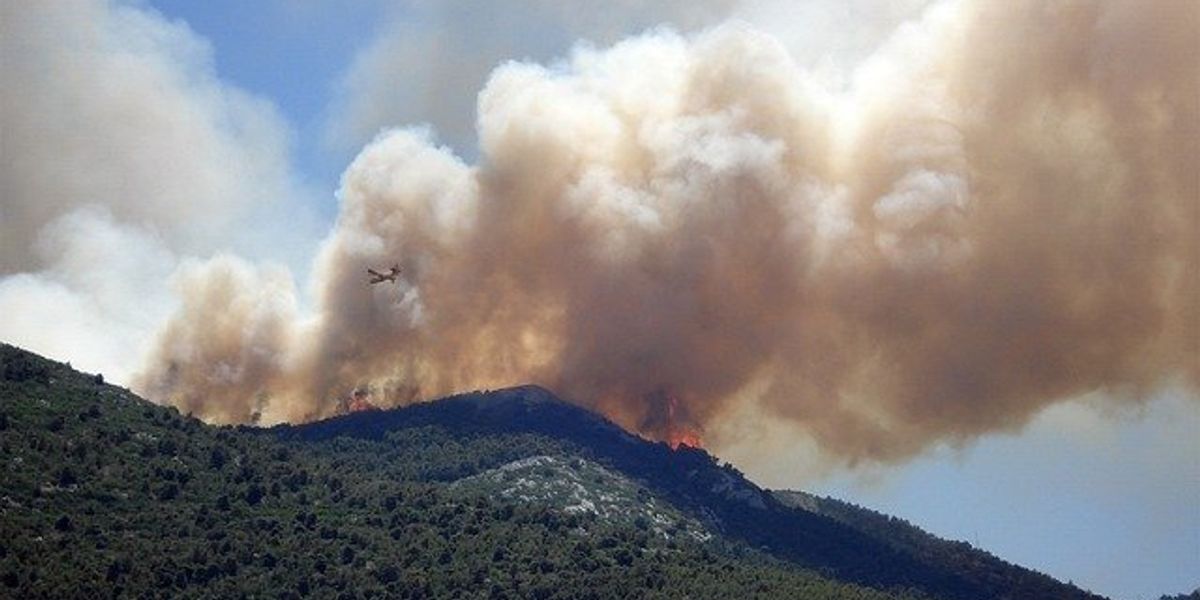
Wildfires rage in Los Angeles. Why are they so bad?
Devastating wildfires fueled by intense Santa Ana winds and dry conditions have forced evacuations and destroyed homes across Los Angeles, with officials warning of more dangerous fire conditions to come.
Sachi Kitajima Mulkey and Matt Simon report for Grist.
In short:
- The Palisades and Eaton fires grew rapidly, burning over 10,000 acres within hours and destroying more than 1,000 structures.
- Dry conditions following unusually wet winters created abundant dry vegetation, acting as fuel for the fires, while strong Santa Ana winds spread embers quickly.
- Utility companies shut off power in some areas to prevent sparks from faulty equipment as firefighters struggle with grounded aircraft and dry fire hydrants.
Key quote:
“Under conditions of climate change, we will have wetter wet periods, very wet wet periods, and very dry dry periods. The climatic conditions that Southern California has experienced over centuries are simply going to be exacerbated.”
— Stephanie Pincetl, director of the California Center for Sustainable Communities at UCLA
Why this matters:
These fires highlight how climate change intensifies weather patterns, making droughts more severe and wildfires more destructive. Urban areas face increased risks as fire seasons lengthen, stressing emergency services and threatening more lives and infrastructure.
Read more: LA wildfires force mass evacuations as homes burn across city



